The Rise of Alternative Virtual Machines (AltVMs)
There are numerous attempts underway to develop an alternative virtual machine to our familiar EVM. Let's dive in.
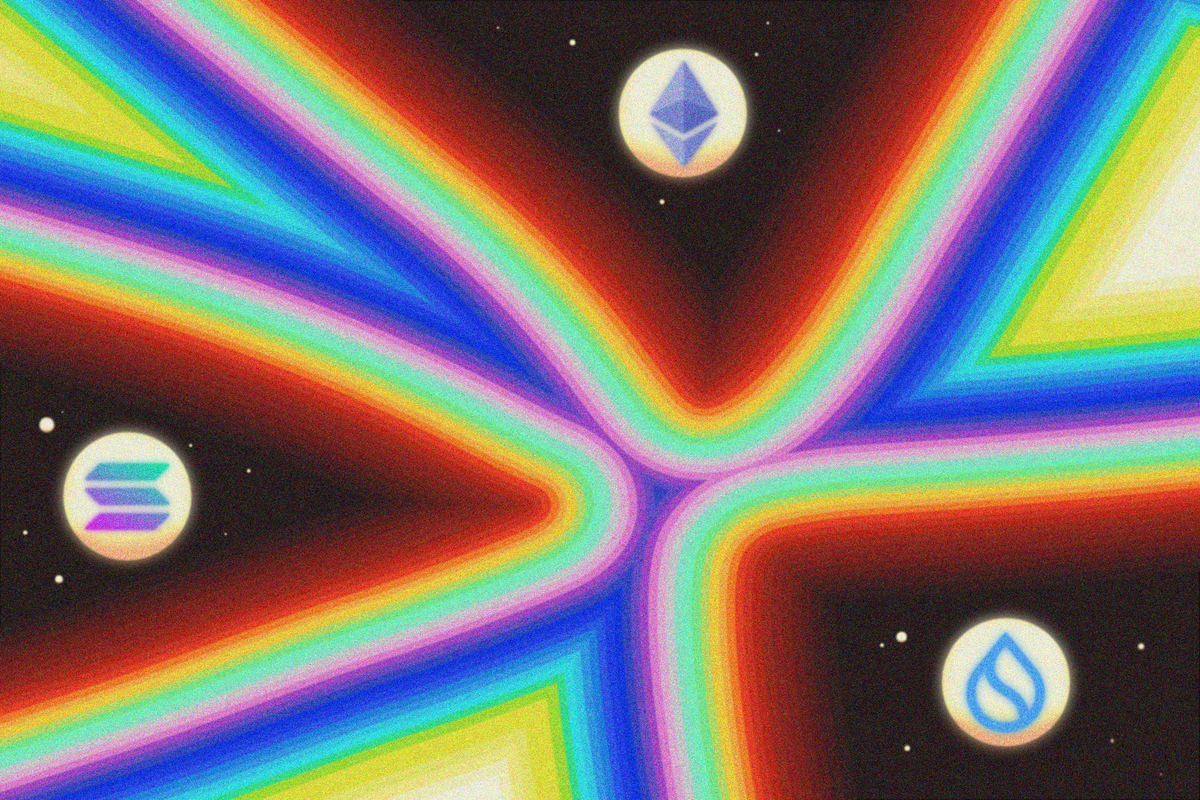
Introduction
The virtual machine serves as the brain behind smart contract blockchains, defining the rules for computing a valid state from block to block and providing the runtime environment for executing smart contracts.
Virtual machines aren't exclusive to the blockchain world; they have been democratized in traditional computing over the last few decades. Formally, a virtual machine is simply a program capable of emulating all the functions of an actual computer, akin to a digital version of a physical machine existing entirely in a virtual environment. One of their many use cases is running applications on the cloud, such as bots or any other task you can imagine.
These virtual machines have also been adapted to web3. Back in the days, Ethereum facilitated more than just simple value transfers; it introduced smart contracts. With this innovation, Ethereum gained the ability to execute arbitrary code, thus altering the state of the blockchain block after block. A true game-changer. However, these state changes must adhere to rules defined by the Ethereum Virtual Machine (EVM). As such, the EVM is the software responsible for executing smart contracts and determining Ethereum's state after each successful block.
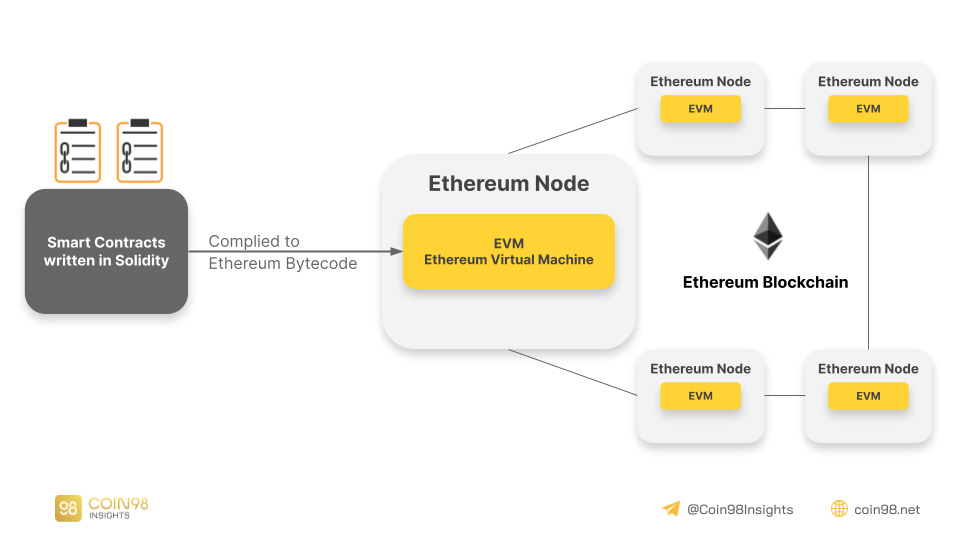
Therefore, the virtual machine stands as a crucial component of any smart contract blockchain.
Thanks for reading On Chain Times! Subscribe to receive weekly research reports free of charge directly to your inbox 🗞
EVM flaws
The EVM has been the pioneer for blockchain virtual machines and, across the years, has become the most used one. It has seen notorious innovations such as Curve, Uniswap or Maker being built on it, with users using it every day. It has also expanded to many other blockchains such as Avalanche or the Binance Smart Chain.
Despite its reign, the EVM present some limitations:
- Limited Programming Language Support: The EVM primarily supports Solidity and compatible languages, which are relatively new in the development landscape. This scarcity of libraries, compilers, and essential development tools has hindered its wider adoption, as developers often find themselves having to recreate functionalities that exist for other programming languages, bit this time, in Solidity.
- Complexity of Solidity: Solidity is widely regarded as challenging to learn and master. This steep learning curve acts as dissuasion for developers looking to enter the Ethereum ecosystem, posing a barrier to entry for web3.
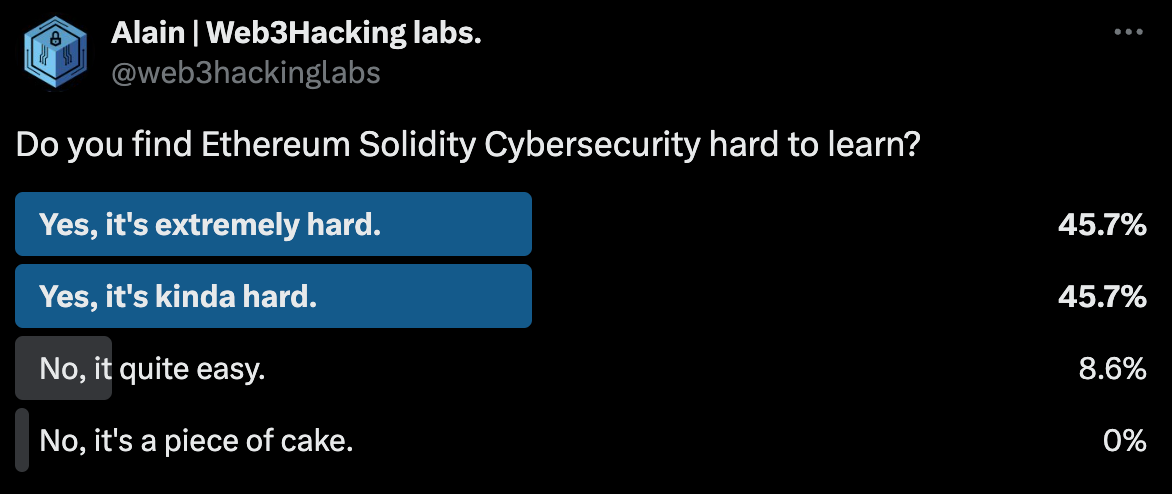
- Security Vulnerabilities: Over the years, Ethereum and the EVM ecosystem have been victim of various hacks and security breaches, some of which can be attributed to flaws within the Solidity language. Notable examples include reentrancy attacks and integer overflows.
- Sequential Processing: The EVM processes transactions and smart contract executions sequentially. This implies that transactions are processed one after another. While this approach seems logical and straightforward, it can result in delays and higher gas costs as transaction volume grows. With each transaction awaiting its turn, processing time can quickly increase, causing users to pay progressively higher gas fees to speed up their transactions and bypass the queue.
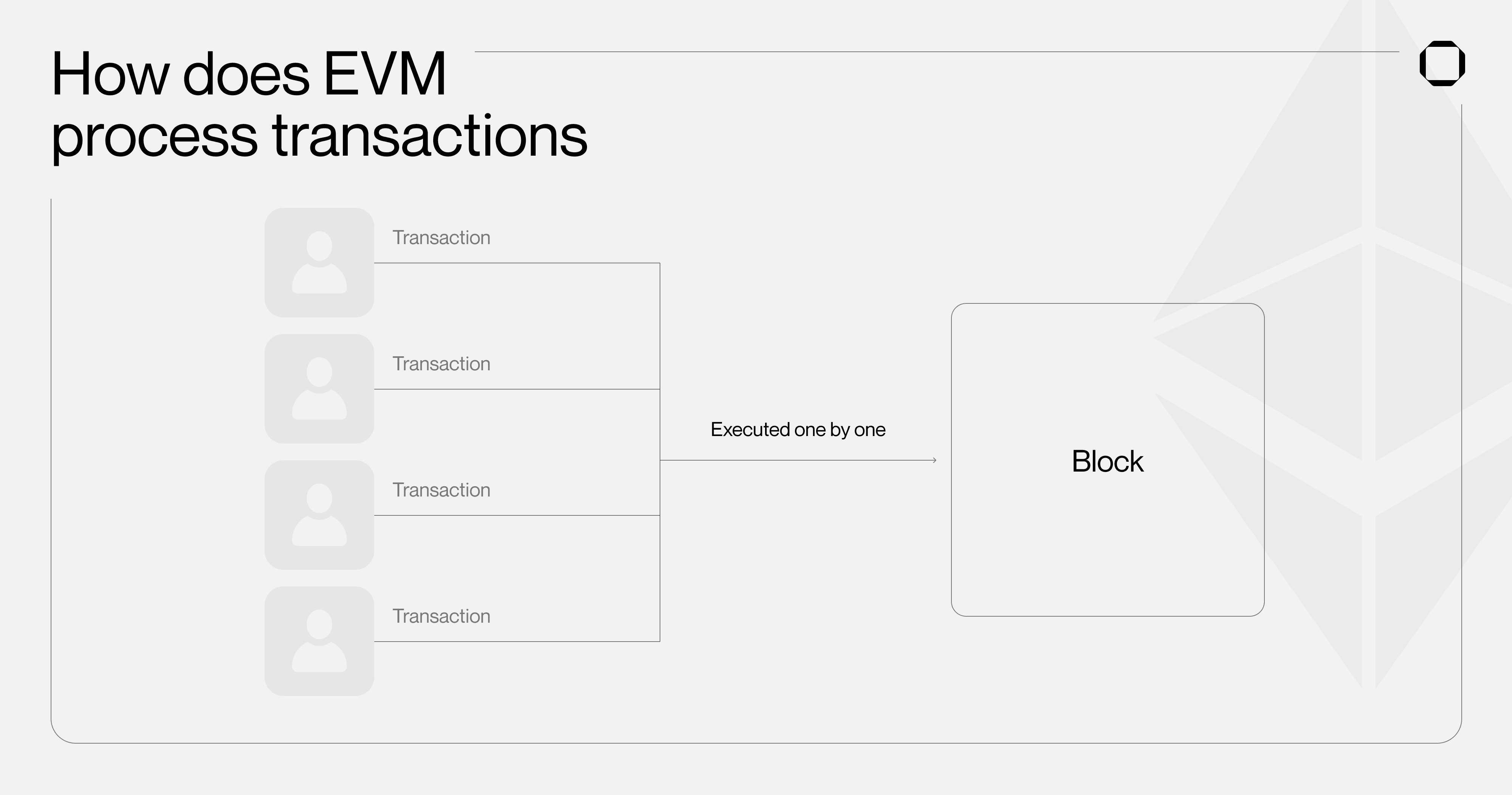
In response to these shortcomings, many projects have begun exploring alternative virtual machines (AltVMs) as viable alternatives to the EVM.
!function(){"use strict";window.addEventListener("message",(function(e){if(void 0!==e.data["datawrapper-height"]){var t=document.querySelectorAll("iframe");for(var a in e.data["datawrapper-height"])for(var r=0;r<t.length;r++){if(t[r].contentWindow===e.source)t[r].style.height=e.data["datawrapper-height"][a]+"px"}}}))}();
Different AltVMs
The Solana Virtual Machine (SVM) stands as one of the main contenders to the EVM. As its name suggests, this virtual machine is responsible for executing smart contracts on Solana. One notable innovation within the SVM is Sealevel, a parallelization engine. Unlike the EVM's sequential transaction processing, Sealevel enables the SVM to execute transactions simultaneously without conflicts. For example, when Alice sends 5 ETH to Bob and Jack swaps DAI for USDC, these transactions are entirely independent and do not impact each other. With the SVM, such independent transactions can be handled concurrently, leading to enhanced performance and efficiency.
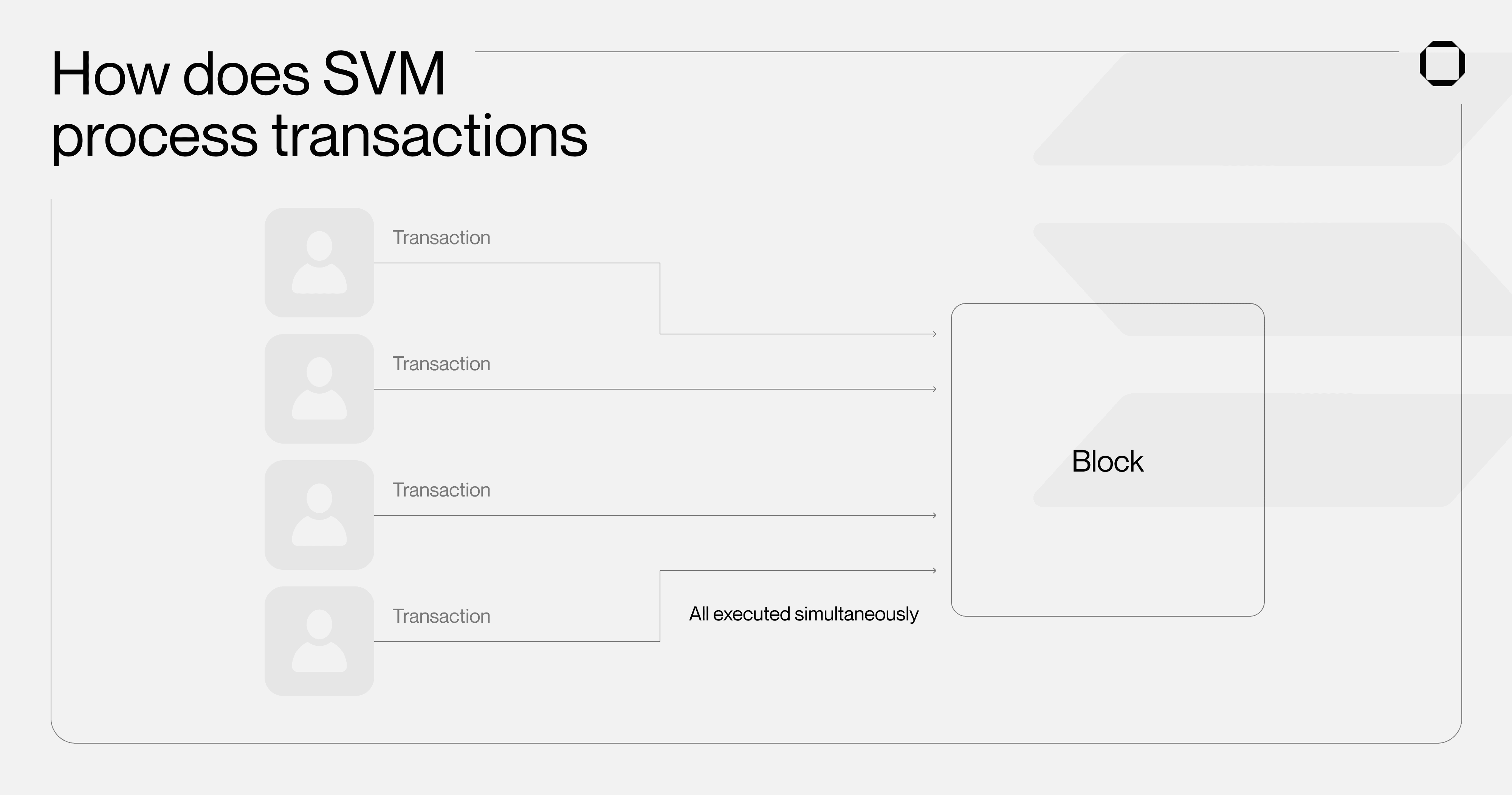
With the aim of becoming Ethereum's first SVM L2, Eclipse brings Solana's performance to Ethereum. The parallel execution of the SVM necessitates more storage space due to the handling of multiple transactions simultaneously. To address this storage demand, Eclipse turned to Celestia as the data availability layer. This concept has already garnered significant support and allowed Eclipse to raise a total of $65m, including the recent $50M Series A co-led by Placeholder and Hack VC. G(sv)m. On Chain Times has recently interviewed Neel Somani from Eclipse, read more:
A Solana Rollup on Ethereum? An Interview With Eclipse
Thor • Oct 4, 2023
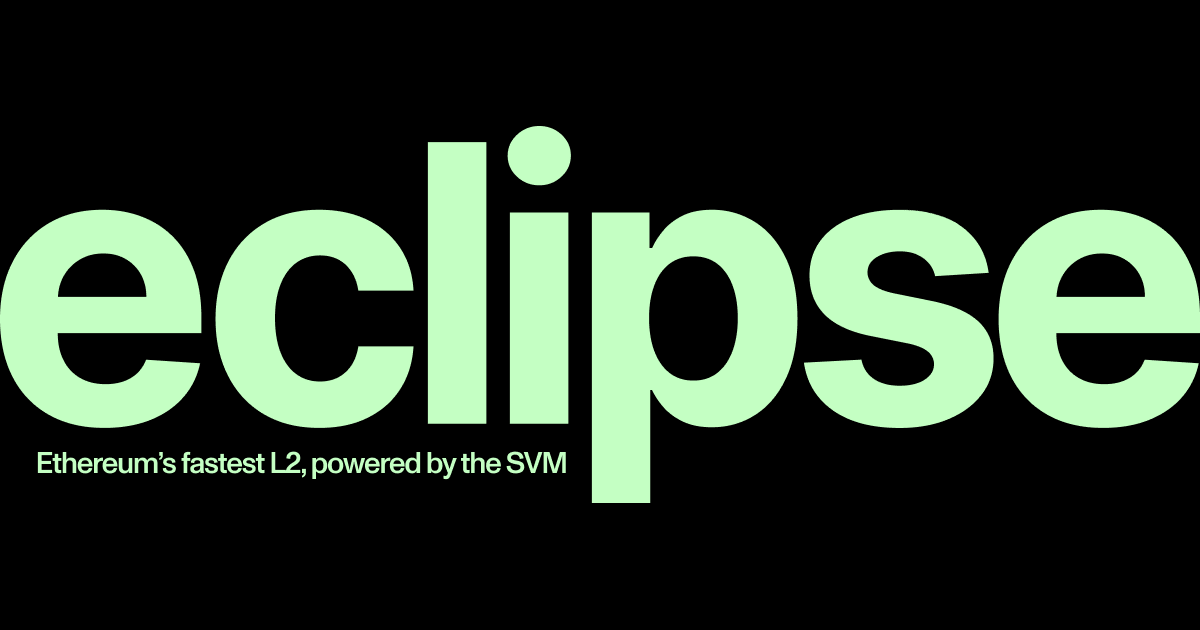
Last week I had the pleasure of interviewing Neel Somani, the founder of an upcoming Ethereum layer-2 by the name of Eclipse. Eclipse is different from other Ethereum rollups as it embraces modularity from top to bottom. I asked Neel about these design choices as well as various other subjects such as the mainnet release, fee structure/value-accrual, a…
Read full story →
Cartesi is an application-specific rollup protocol with a Linux runtime. Thanks to the performance boost unlocked by their appchain design, Cartesi Rollups are able to emulate a Linux Operating System. This OS is used by millions of developers every day. Running the Linux OS on a blockchain allows developers to build decentralized applications just like they would traditional web2 applications. This means that they are able to code in any programming language and access all existing libraries. Recently, Cartesi launched a 500,000 USDC grant program to bootstrap the Cartesi ecosystem.
Fluent is building a zkWasm virtual machine for its Ethereum L2. This specific virtual machine enables developers to code applications in various programming languages such as C/C++, utilizing their preferred libraries, all while being ZK proven under the hood. The FluentVM is EVM-compatible, facilitating the reuse of code written for the EVM on Fluent.
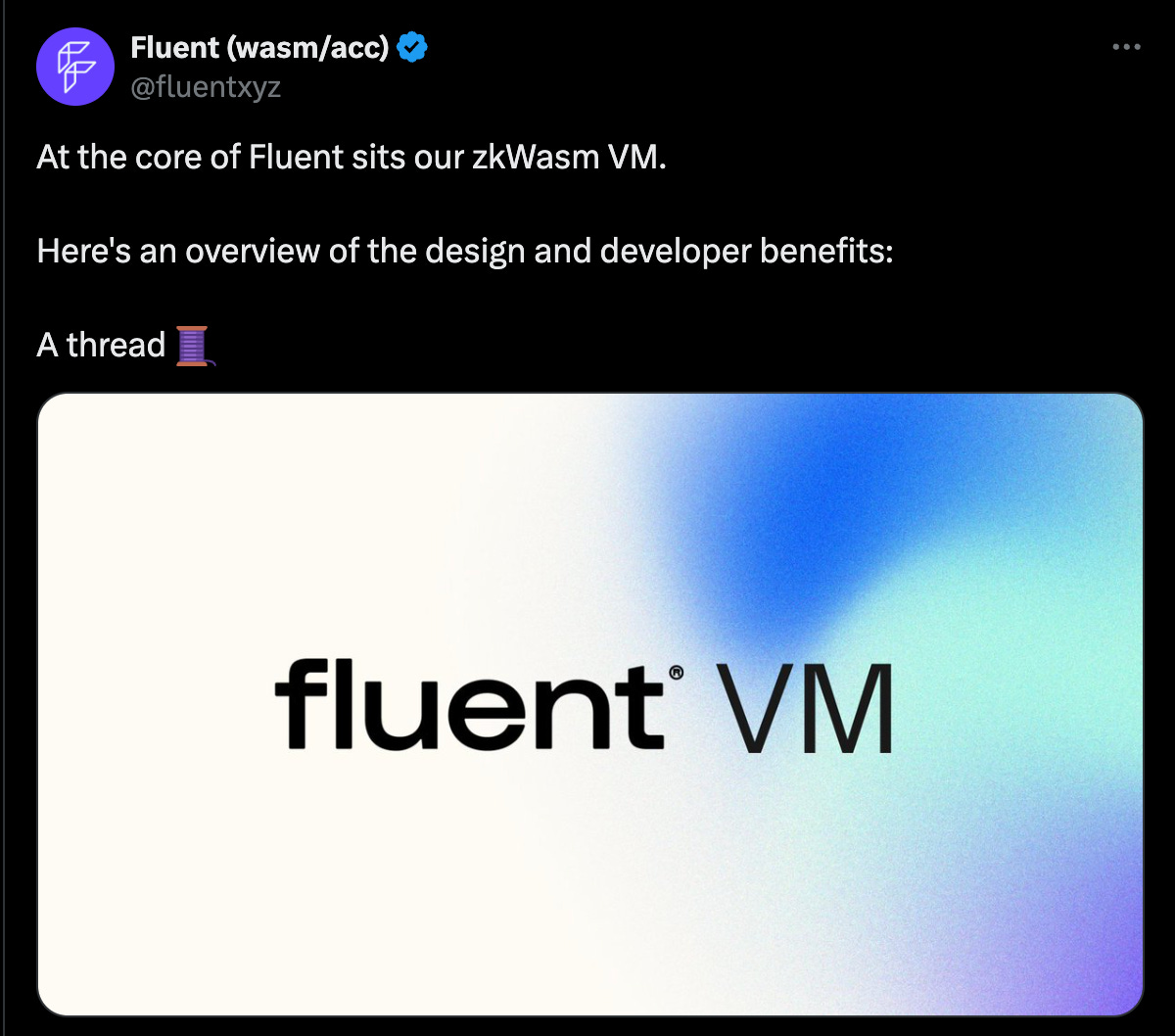
Movement is currently developing its very own MoveVM. This virtual machine has been created for Move, a programming language originally developed at Facebook to power the Diem blockchain. The MoveVM is constructed with a focus on robust security and high performance, using formal verification and parallelization. It is designed to enhance safety through its Move Prover, thereby mitigating the various hacks that have been observed in the past.
Movement is not the only project embracing the Move programming language. Both Aptos and Sui have developed Move-based Layer 1 solutions, theoretically capable of reaching over 100,000 TPS. Launched by former Facebook employees, they both claim to offer enhanced security and greater performance. In terms of adoption, Sui leads with $700 million TVL, while Aptos currently holds $500 million. Interestingly, they have both managed to establish their own DeFi ecosystems, introducing new players such as Thala and Scallop. Aptos has recently garnered more attention due to rumors of a partnership with BlackRock on a RWAs project. This demonstrates the attractiveness of highly performant Move-based blockchains.
Monad takes a different approach by constructing a parallelized EVM. Similar to the parallelization concept described earlier, Monad introduces parallel execution to the EVM. In order to handle the huge boost in throughput, Monad had to built a MonadDb, a customized parallelized database designed to efficiently store blockchain states. The combination of MonadDB and parallel execution recently allowed Monad to achieve 10,000 EVM transactions per second on its devnet, far surpassing Ethereum's 10-14 TPS on mainnet. On Chain Times has interviewed Intern from Monad, check this out.
PolarisVM was developed and made open-source by Berachain with the goal of bringing EVM to Cosmos. Polaris is a modular implementation of the EVM that can be easily integrated into any consensus engine or application, including the Cosmos-SDK. In simpler terms, Polaris offers a full-featured EVM with complete interoperability within the Cosmos ecosystem.
Fantom has recently begun discussing their Sonic upgrade, which aims to enhance Andre Conje’s blockchain performance. Alongside a new consensus mechanism, Sonic introduces a brand-new virtual machine and database. The Fantom VM is fully compatible with EVM, enabling developers to utilize familiar development tools. The FVM offers improved efficiency in executing smart contracts, achieved through "super instructions" - a feature that allows multiple instructions to be executed simultaneously. For instance, instead of executing three separate instructions, the FVM can merge them into one, significantly enhancing execution efficiency. Based on the recent Sonic testnet statistics, Fantom would be capable of reaching 2,000 TPS with a transaction finality of 1 second under realistic conditions.
Several other projects have either built their own alternative virtual machines or are currently in the process of doing so. Examples include Arbitrum Stylus, zkVM by RiscZero, and numerous others.
Parting Thoughts
As you may have understood, there are numerous attempts underway to develop an alternative virtual machine to our familiar EVM. While some argue that the current iteration of the EVM is obsolete, it's important to note that, as of today, the EVM remains the most popular and trusted virtual machine despite its flaws.
However, this article illustrates how alternative or next-generation virtual machines can truly be game-changers. They offer improved performance, increased throughput capacities, and faster transaction processing capabilities. Some also prioritize enhancing security to mitigate hacks or exploits. Another significant feature is how some enable the opening of the doors of web3 to millions of new developers by supporting languages other than Solidity, such as C++ or Move. Additionally, millions of programming tools, such as libraries and compilers, are now accessible in web3.
As Ansem stated in a recent tweet, he expects, "every rollup will pivot to using SVM, MoveVM, or some other altVM that is more performant than the default EVM," before adding that he is +90% confident in that.
Disclaimer: The information provided is for general informational purposes only and does not constitute financial, investment, or legal advice. The content is based on sources believed to be reliable, but its accuracy, completeness, and timeliness cannot be guaranteed. Any reliance you place on the information in this document is at your own risk. On Chain Times may contain forward-looking statements that involve risks and uncertainties. Actual results may differ materially from those expressed or implied in such statements. The authors may or may not own positions in the assets or securities mentioned herein. They reserve the right to buy or sell any asset or security discussed at any time without notice. It is essential to consult with a qualified financial advisor or other professional to understand the risks and suitability of any investment decisions you may make. You are solely responsible for conducting your research and due diligence before making any investment choices. Past performance is not indicative of future results. The authors disclaim any liability for any direct, indirect, or consequential loss or damage arising from the use of this document or its content. By accessing On Chain Times, you agree to the terms of this disclaimer.





